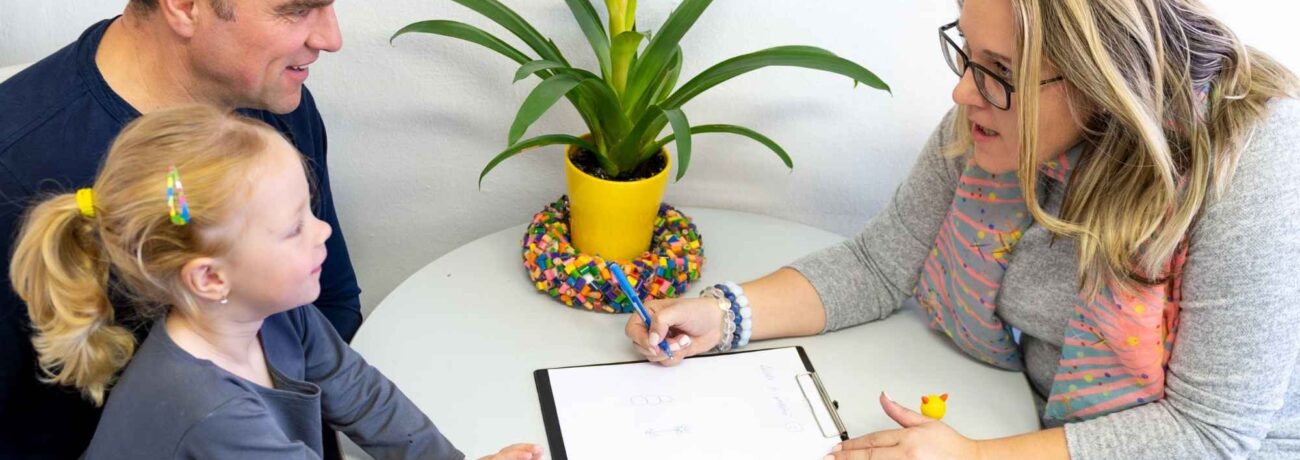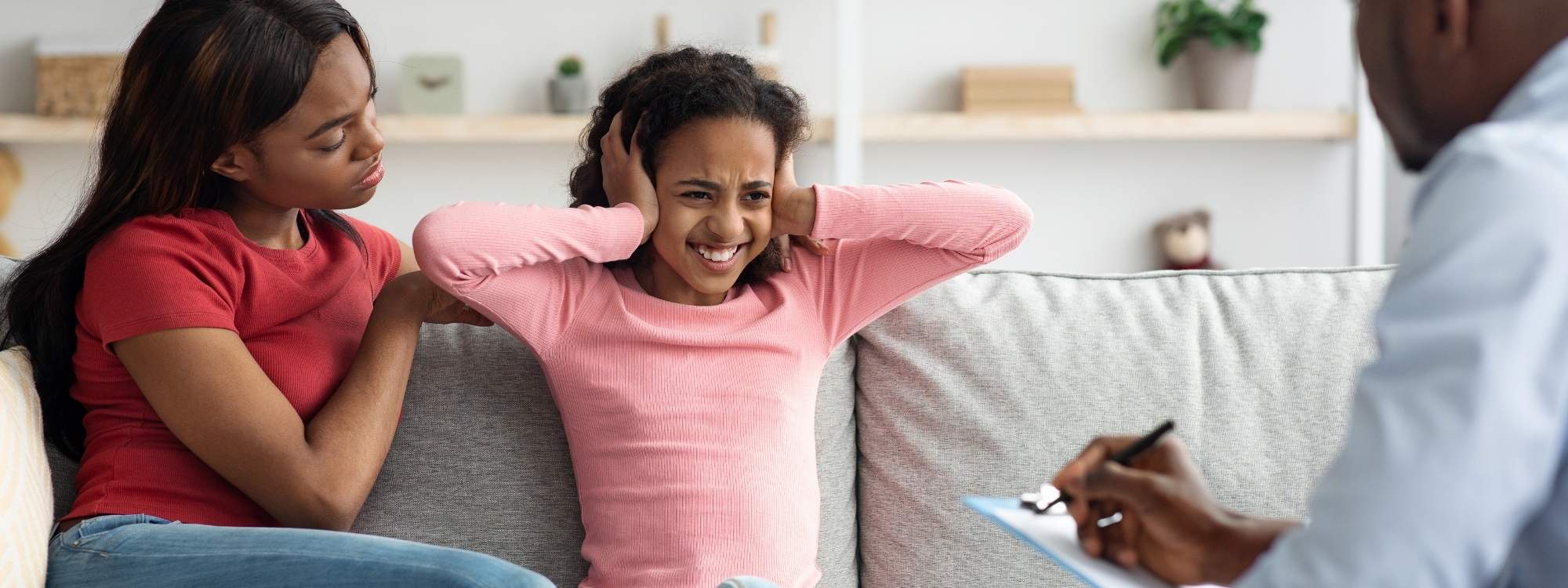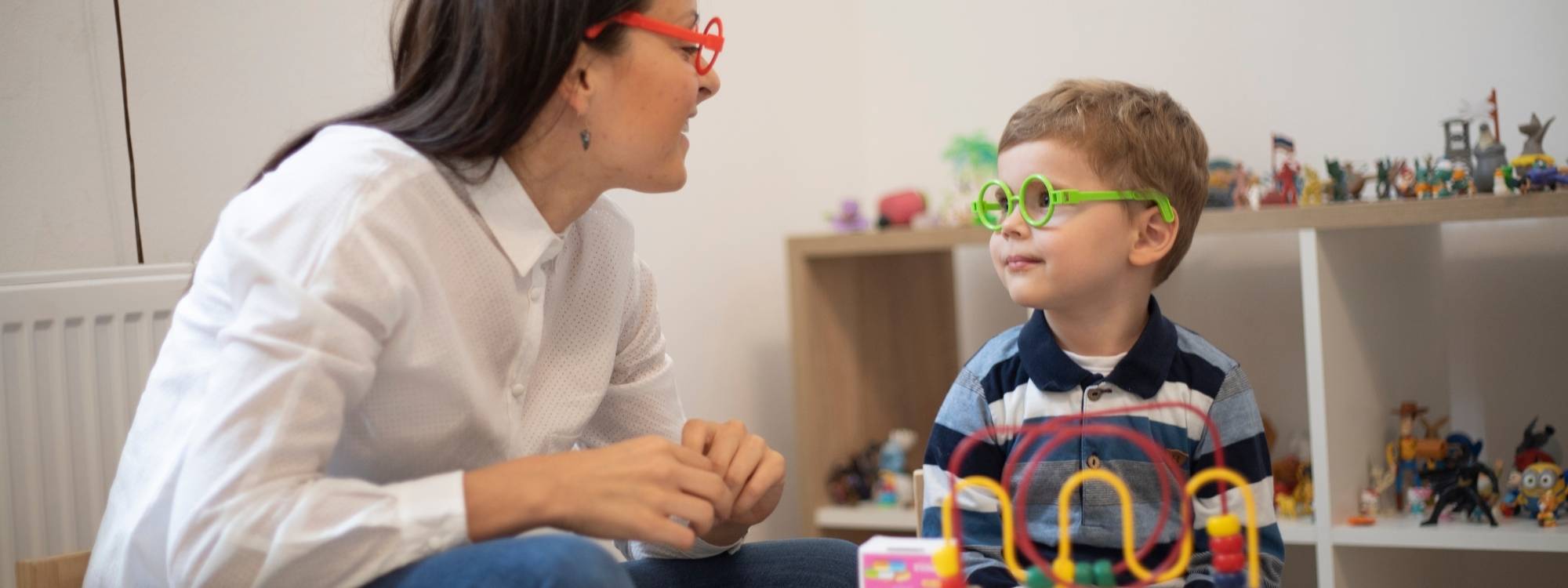ABA therapy for kids at home provides families with a practical way to support children with an autism spectrum disorder in a familiar environment. Rather than traveling to a clinic, in-home ABA therapy sessions allow therapists to work directly on daily living skills, communication skills, and challenging behaviors during routines your child already knows.
At Champions ABA, we design every treatment plan to match the child’s goals, whether that means developing social skills, building self-help skills, or improving emotional regulation. With structured ABA therapy sessions guided by a BCBA, parents learn how to implement ABA strategies and actively support their child’s progress.
What Is ABA Therapy for Kids at Home?
Home-based ABA applies applied behavior analysis principles in the child’s own home. An ABA therapist uses proven ABA techniques such as positive reinforcement and task analysis to teach new skills in a natural environment. Because learning takes place where the child already spends time, skills learned are easier to generalize across family interactions and routines.
Why Choose ABA Therapy at Home? Key Benefits
Home ABA therapy allows children to learn in a familiar environment, which minimizes distractions and promotes faster skill acquisition. Parents and family members actively participate, making therapy more consistent. Children gain independence in daily routines, from brushing teeth to preparing meals, while also practicing communication skills and social skills.
Key benefits include:
- Promotes family involvement and parent coaching.
- Integrates learning into naturally occurring opportunities at home.
- Strengthens generalization across family training, school, and community.
- Supports the child’s treatment plan within everyday life.
Core ABA Techniques Parents Can Use at Home
Your child’s ABA sessions may include structured methods or natural setting teaching. Common techniques include:
- Positive reinforcement to encourage the desired child’s behaviors.
- Prompting and fading to reduce reliance on adult support.
- Discrete Trial Training (DTT) for structured, center-based therapy style learning at home.
- Natural Environment Teaching (NET) for skills taught in play.
- Visual supports, like charts, to improve daily living skills.
These techniques are selected based on the child’s treatment goals after the initial assessment.
Step-by-Step Guide to Implementing ABA at Home
Implementing ABA strategies at home begins with identifying target behaviors, breaking them into specific skills, and embedding them into daily routines. Parents, guided by a child’s ABA therapist, practice reinforcement, track progress, and fade prompts. Over time, these ABA therapy sessions build independence in self-help skills and improve family interactions.
Common Challenges with Home ABA (and Solutions)
Even the most effective intervention faces challenges, such as problem behaviors, reinforcer fatigue, or prompt dependency. Families often see the best outcomes when they maintain open communication with their BCBA and adjust the child’s ABA program as needed. Champions ABA helps parents troubleshoot these barriers with hands-on support.
Parent Training: The Key to Success in Home ABA
Parent involvement ensures skills learned during ABA therapy sessions continue beyond structured practice. Champions ABA provides family training where parents receive coaching, feedback, and guidance to actively participate in their child’s success. By practicing strategies daily, parents reinforce progress and strengthen family involvement in treatment.
Home vs. Center-Based ABA: Which Works Best?
| Feature | Home-Based ABA | Center-Based ABA Therapy |
|---|---|---|
| Familiar environment | ✔ | — |
| Peer interactions | Limited | ✔ |
| Controlled environment | — | ✔ |
| Generalization | ✔ | Moderate |
While center-based therapy offers structured settings and peer interactions, home therapy builds skills where they matter most in your child’s life today. A hybrid of both often provides the most balanced autism treatment.
How to Start Home ABA Therapy with Champions ABA
Starting ABA involves an initial assessment, setting goals, and designing a child’s treatment plan. Champions ABA provides in-home services supported by parent training and guided ABA sessions tailored to your child’s needs.
Conclusion
ABA therapy for kids at home provides personalized, effective intervention in a familiar environment, empowering parents and improving a child’s ability to learn communication skills, manage problem behaviors, and succeed in daily routines.
At Champions ABA, we provide in-home ABA therapy that empowers families and helps children build meaningful skills in their daily lives. With personalized treatment plans, parent training, and compassionate support, our team serves families in Connecticut, Massachusetts, and Colorado. Contact Champions ABA today to schedule your consultation and start your child’s journey toward lasting progress and confidence.
FAQs
Can we do ABA therapy at home?
Yes, ABA can be delivered as in-home therapy. With the support of an ABA therapist and ongoing family training, parents learn to use ABA techniques naturally throughout daily routines.
At what age should a child start ABA therapy?
Children can begin ABA soon after an autism diagnosis. Research shows early autism therapy, sometimes before age two, leads to stronger outcomes in skill acquisition and long-term child success.
How can I treat my autistic child at home?
Parents can use structured ABA strategies like positive reinforcement, visual supports, and modeling. With hands-on support from a BCBA, families can integrate therapy into family interactions and daily living skills.
What are the 7 requirements of ABA?
The seven dimensions of ABA are: applied, behavioral, analytic, technological, conceptually systematic, effective, and generality. Together, they ensure every child’s treatment is measurable, effective, and transferable to naturally occurring opportunities.



